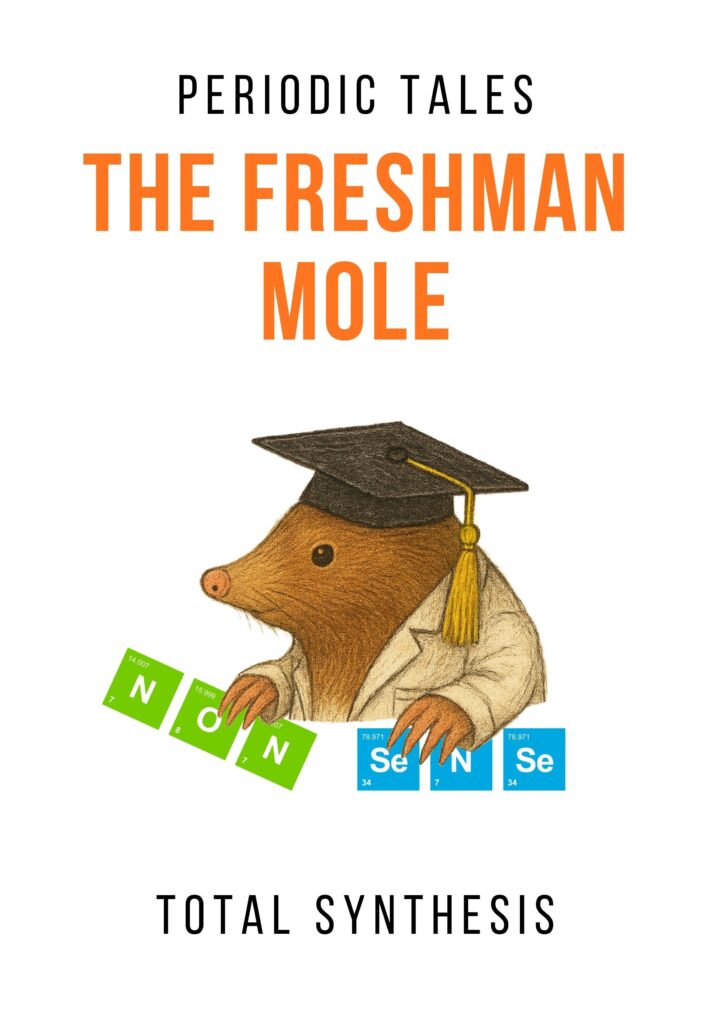
The MEM protecting group protects alcohols as stable acetals. MEM is removed with protic acids (H+) and more importantly, Lewis acids.
2-Methoxyethoxymethyl (MEM) is an acetal-type protecting group for alcohols.
🫡 Here’s what you’ll learn here:
👀 MEM is related to the simpler MOM protecting group. It’s rather oldschool, but the additional ether group brings an interesting twist!
What is the MEM Protecting Group?
The MEM group belongs to the class of acetal (‘double-ether’) protecting groups which are much less reactive than their free alcohol counterparts.
Fun fact: The MEM group was introduced in 1976 by the legendary chemist E. J. Corey and co-workers [1], just like the TBS/TBDMS and allyl protecting groups.
MEM is stable under various conditions, including strong bases, reductants, organometallic reagents, oxidants and mild acids. What makes it unique is the selective cleavage with Lewis acids (see below).
MEM Protection Mechanism

The protection conditions are identical to MOM:
1) Treatment with MEM chloride and DIPEA (N, N-diisopropylethylamine) or another weak base. Deprotonation occurs after nucleophilic attack.
2) Treatment with a strong base like NaH and MEM chloride. Experimentally / in the lab, only base is added to the alcohol first – and only after some time (e.g., 1h to ensure the alkoxide is formed), MEMCl is added.
MEMCl is another case of an activated alkylating agent. The adjacent oxygen can facilitate departure of the chloride, creating a highly electrophilic oxonium ion. (No surprise it’s also bad for you – it alkylates your DNA!)
MEM deprotection mechanism 1: Bronsted Acid (H+)

Just like MOM or THP, we can get rid of MEM with acid, tough typically stronger / more forcing conditions are required. Thus, it is possible to selectively remove THP, MOM or PMB groups in the presence of MEM.
The simplest mechanism starts with protonation of our protected oxygen in the acetal system. This cation can release of our free alcohol and form some type of byproduct (depending on solvent).
The alternative / indirect mechanism would be protonation of the other oxygen atom, going through a hemiacetal intermediate. With water in the solvent or upon work-up, this unstable species releases formaldehyde and gives our free alcohol.

Exemplary deprotection conditions are: i) TFA (trifluoroacetic acid) in dichloromethane; ii) aqueous formic acid (HCO2H-H2O).
MEM deprotection mechanism 2: Lewis Acid
So what makes MEM unique versus MOM? Due to the presence of an additional ether oxygen, the acetal is much more labile when exposed to Lewis acids. Due to this additional lone pair, we have bidentate coordination to metals such as i) ZnBr2, ii) TiCl4, – or like we’ve seen for MOM, also more Lewis acidic species like iii) TMSI.

The productive mechanism is now kind of the opposite as before – it is the oxygen of our protected alcohol that cleaves the protecting group. This oxonium intermediate is ultimately hydrolysed (either water present in the reaction or upon work-up), releasing formaldehyde and giving our deprotected product.

Tired of serious chemistry?
Take a break with “Periodic Tales – The Freshman Mole”, a satirical novel that’s the opposite of educational.
Dedicated to every chemistry and STEM student who asked: “Why did no one warn me?”
Examples of MEM in Organic Synthesis
Our first example [2] is really chill. Simple introduction of MEM, just like we’ve talked about.

Too easy for you? Well, check this one out:

Upon treatment of the compound above, two products were observed in significant yield. What are they?
One of the products surely is the normal MEM-deprotected alcohol. After all, this is an article about MEM and we’ve just seen than ZnBr2 will act as a Lewis acid and remove the group. We cannot say with certainty, but this is probably the major product 1.

But what about product 2?
If you have no ideas, go back to the mechanism above and look at what happens after initial break-down of MEM!
Always watch out for neighbouring group participation!
The answer is very cool: Our starting material has a sneaky hydroxyl group that can attack our oxonium intermediate. This occurs because the intramolecular reaction is very fast – even despite the tertiary alcohol being very hindered. This means that we do not go through the intermolecular bromide-hydrolysis pathway, but rather form a cyclic acetal!

That’s it! If you learned something, make sure to check out my other articles on protecting groups, my page or my videos!
MEM Protection experimental procedure [2]
“To a solution of alcohol (4g, 40 mmol) in CH2Cl2 (100 mL)under N2 was added MEM chloride (7.5g, 60mmol) and DIPEA (7.8g, 60mmol) at 25 °C and the reaction mixture was stirred at rt for 5 h. Water (30 mL) was added to the reaction mixture and CH2Cl2 was used to extract the mixture. The combined organic layers were washed with brine, dried over Na2SO4 and concentrated to give 7.4g of crude product. Flash chromatography of the residue on silica gel gave 6.1g (80%) of MEM protected alcohol as a colorless liquid.”
MEM Protecting Group References
- General: P. G. M. Wuts, T. W. Greene: Greene’s Protective in Organic Synthesis (Wiley)
- [1] A new general method for protection of the hydroxyl function | E.J. Corey, Jean-Louis Gras, Peter Ulrich | Tetrahedron Letters 1976, 17, 809
- [2] Total Synthesis of (±)-Deoxypenostatin A. Approaches to the Syntheses of Penostatins A and B | Barry B. Snider, Tao Liu | J. Org. Chem. 2000, 65, 8490

Leave a Reply
You must be logged in to post a comment.